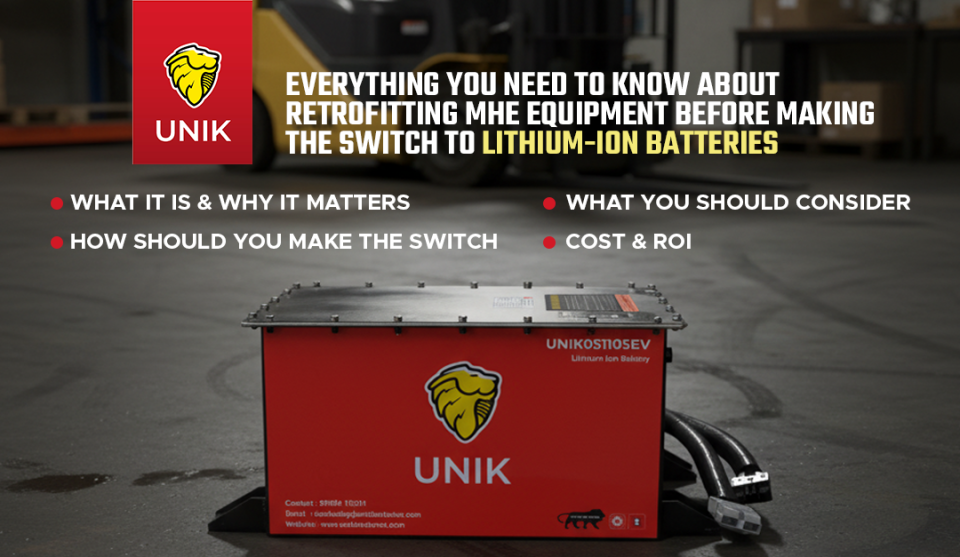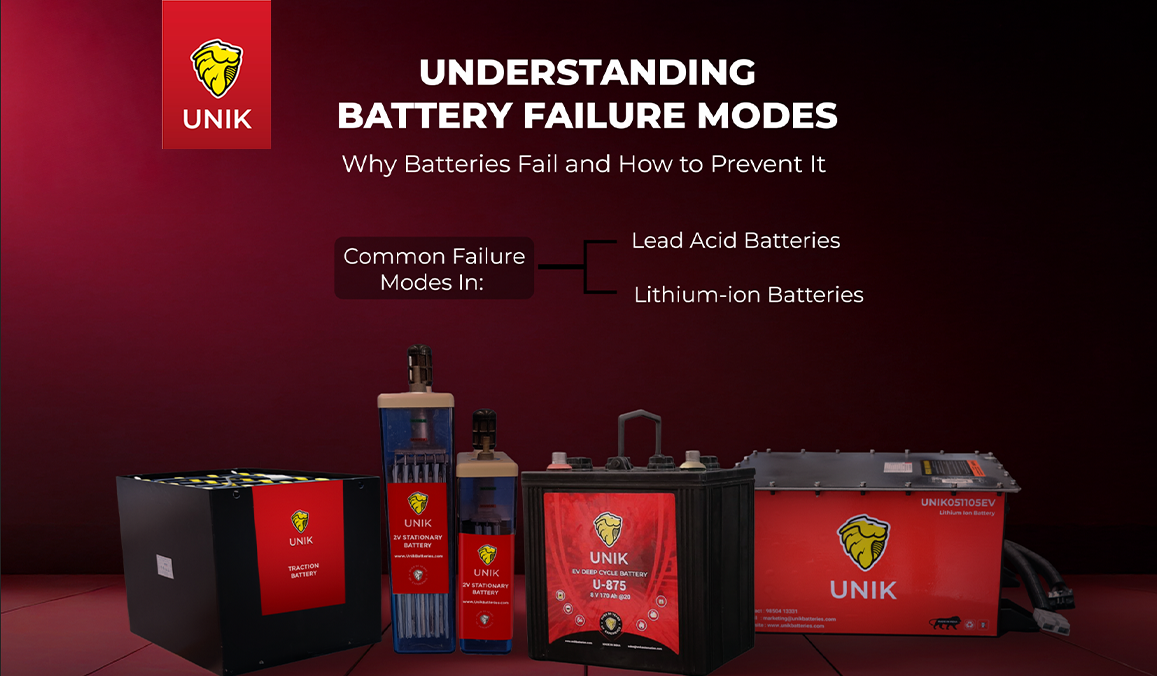The Crucial Connection Between Demineralised Water for Battery Efficiency
New ParagraphAt UNIK, we are often asked about the role of demineralised water in battery maintenance. This blog aims to serve as a guide for replenishing your battery’s water levels. Regularly replenishing your batteries with demineralised water is a crucial maintenance routine to ensure safety and maximise performance.
What is Demineralized Water, and How is it Different from Regular Water?
Demineralised water is clear of most mineral and salt ions. This is often achieved through ion exchange, reverse osmosis, or electrodialysis.
Regular water, in contrast, contains a heavy load of impurities and dissolved minerals such as sodium, magnesium, and calcium which are detrimental to the health of batteries.
Where is Demineralized Water Used in Batteries?
Every lead acid battery, irrespective of its type, is immersed in an electrolyte solution comprising demineralised water and sulphuric acid. The amount of electrolyte is to be calculated and filled for optimum performance.
While the battery is being operated, the demineralised water undergoes a chemical reaction and is broken down into hydrogen and oxygen.
Why Does Demineralized Water in Batteries need to be Regularly Topped up?
Over time and with consumption, the water level in the battery drops and no longer covers the electrode plates, reducing the battery’s conduction capacity. Therefore, regular top-ups with demineralised water are essential to ensure the longevity and effectiveness of the battery. While tap water or RO-purified water may seem like a viable alternative, they are not recommended for optimum battery performance and maintenance due to its impurities and minerals.
With time, the dissolved minerals in non-demineralized water could clog the battery's electrodes by forming a layer of sediment. This eventually inhibits the battery from generating current.
When Should You Top up the Demineralized Water in your Batteries?
Overwatering and underwatering your battery can be equally harmful to your battery’s performance.
Ideally, a battery should be topped up with demineralised water after charging. However, ensuring that the electrode plates are covered with adequate fluid before charging is also important.
The frequency of demineralised water top-ups depends on the amount of usage. For instance, a sparingly used golf cart may need water top-ups monthly, while a forklift may need a weekly top-up. An inverter battery used as a back-up power source in urban areas could be topped up quarterly.
Old batteries and hot weather warrant more frequent demineralised water level top-ups.
Precautions to Follow while Topping up Demineralized Water in Your Batteries
- Before undertaking any maintenance work yourself, always check the warning labels to confirm if your battery can be opened for servicing.
- Although topping up demineralised water for batteries is a relatively safe maintenance procedure, always wear protective gear to prevent any accidents and injuries.
- Never add sulphuric acid to your batteries during top-ups. Batteries only consume water during normal usage; hence, sulphuric acid can compromise the safety of batteries and imbalances different cell specific gravities.
- Avoid overwatering your batteries as the electrolyte levels expand during the operations and cause the battery level to overflow, which damages the cell
Incorporating demineralised water for battery maintenance, along with regular servicing and checkups, can significantly enhance the performance and longevity of your battery.
Need more information on topping up demineralised water in batteries?
Contact us for more details on maintenance procedures for UNIK batteries.






